
Paul Newman, a name synonymous with Hollywood glamour, cinematic gravitas, and an undeniable charisma that lit up the silver screen for decades, harbored a profound and rather unexpected secret passion: competitive motorsports. Far from a mere dilettante or a celebrity seeking a fleeting thrill, Newman dedicated a significant portion of his life, from his mid-40s well into his 80s, to becoming a legitimate, respected, and highly successful professional race car driver. This was no fleeting hobby for a gentleman driver; this was a second career, pursued with an intensity and commitment that surprised many, yet utterly defined him off-screen.
His journey into the high-octane world of racing wasn’t a casual dalliance; it was a deep dive into a demanding sport that required immense skill, courage, and an unyielding drive. Newman’s story is one of meticulous progression, defying the stereotypes often associated with stars who dabble in sports. He earned his stripes, competed against the best, and secured victories and records that remain impressive to this day, leaving an indelible mark on motorsports that rivals his monumental cinematic achievements. His dedication revealed a facet of his personality as compelling and complex as any character he portrayed.
Today, we pull back the curtain on this extraordinary aspect of Paul Newman’s life, exploring the pivotal moments and significant milestones that shaped his remarkable racing career. From the cinematic spark that first ignited his passion to the early professional triumphs that solidified his standing, we uncover the fascinating narrative of how a true Hollywood legend quietly became a force to be reckoned with on the race track, building a legacy that continues to inspire and resonate within the racing community.

1. **The Cinematic Spark: How “Winning” Ignited a New Passion**Paul Newman’s entry into racing was, fittingly enough, sparked by the very industry that made him a star. Already an acknowledged “car guy” with a fondness for modifying his own vehicles – notably a Volkswagen Beetle retrofitted with a powerful Porsche engine, which he affectionately called “a neat little bomb” – the opportunity to star in the 1969 film “Winning” proved to be a turning point. This movie wasn’t just another role; it was a gateway into a world that would consume much of his future, reportedly leading him to turn down other, more lucrative parts simply for the chance to drive a real race car.
To prepare for his role as race car driver Frank Capua, Newman, alongside co-star Robert Wagner, enrolled in the esteemed Bob Bondurant Racing School. This immersive experience was far more than just acting research; it was here that the initial flicker of interest transformed into a blazing passion. The rigorous training and the thrill of mastering the craft laid the groundwork for his future endeavors, instilling in him a fundamental understanding and respect for the intricacies of racing.
The transformative power of this experience was further solidified when Newman attended a race at New York’s Watkins Glen International. Witnessing the spectacle, the speed, and the fierce competition firsthand deepened his love and fascination with racing, confirming that this was more than just a passing interest. While “Winning” itself may not have been a box office sensation, it was undeniably the moment when the mid-40s Paul Newman began to seriously contemplate, and then actively pursue, a burgeoning second career as a professional racecar driver, a decision that would redefine his public persona.
Car Model Information: 1972 Volkswagen Super Beetle Base
Sp: uk
Name: Volkswagen Type 1,”Beetle”
Caption: 1965–1966 Volkswagen Käfer
Manufacturer: Volkswagen
Alt: A front-three quarters view of a pale-yellow Volkswagen Käfer. It features 165/80R15 tires, which shod 15×4. 5″ silver, circular wheels. The Käfer features a beetle-like body, and its window is open. The picture is taken with much greenery in the background, and the photo was edited to give it a more warmer tone.
Aka: List of names for the Volkswagen Type 1
Assembly: #Markets and assembly
Designer: Ferdinand Porsche
Class: Small family car
BodyStyle: Sedan (automobile),convertible
Production: 1938–2003,21,529,464 produced
Successor: Volkswagen Golf Mk1,Volkswagen Gol#First generation (Typ30, 1980),Volkswagen New Beetle
Layout: Rear-engine, rear-wheel-drive layout
Engine: Petrol,Volkswagen air-cooled engine,1192 cc H4,1285 cc H4,1493 cc H4,1584 cc H4
Transmission: manual transmission,Saxomat,Autostick
Wheelbase: convert
Length: convert
Width: convert
Height: 1500 mm
Abbr: on
Weight: convert
Categories: 1940s cars, 1950s cars, 1960s cars, 1970s cars, 1980s cars
Summary: The Volkswagen Beetle, officially the Volkswagen Type 1, is a small family car produced by the German company Volkswagen from 1938 to 2003. A global cultural icon known for its bug-like design, the Beetle is widely regarded as one of the most influential cars of the 20th century. Its production period of 65 years is the longest for any single generation of automobile, and its total production of 21.5 million units makes it the most produced car of a single platform in history and the second-highest of all nameplates manufactured in the 20th century.
The Beetle was conceived in the early 1930s. The leader of Nazi Germany, Adolf Hitler, decided there was a need for a people’s car—an inexpensive, simple, mass-produced car—to serve Germany’s new road network, the Reichsautobahn. The German engineer Ferdinand Porsche and his design team began developing and designing the car in the early 1930s, but the fundamental design concept can be attributed to Béla Barényi in 1925, predating Porsche’s claims by almost ten years. The result was the Volkswagen Type 1 and the introduction of the Volkswagen brand. Volkswagen initially slated production for the late 1930s, but the outbreak of war in 1939 meant that production was delayed until the war had ended. The car was originally called the Volkswagen Type 1 and marketed simply as the Volkswagen. It was not until 1968 that it was officially named the “Beetle”.
Volkswagen implemented designations for the Beetle in the 1960s, including 1200, 1300, 1500, 1600, 1302, and 1303. Volkswagen introduced a series of large luxury models throughout the 1960s and 1970s—comprising the Type 3, Type 4 and K70—to supplement the Beetle, but none of these models achieved the level of success that it did. In 1972, it became the best-selling car of all time, a position it retained for nearly three decades. Rapidly changing consumer preferences toward front-wheel drive compact hatchbacks in Europe prompted Volkswagen’s gradual shift away from rear-wheel drive, starting with the Golf in 1974. In the late 1970s and ’80s, Japanese automakers dominated some markets around the world, which contributed to the Beetle’s declining popularity.
The Beetle remains one of the best-selling cars of all time and is the first to sell over 20 million units. Over its lifespan, its design remained consistent, yet Volkswagen implemented over 78,000 incremental updates. These modifications were often subtle, involving minor alterations to its exterior, interior, colours, and lighting. Some more noteworthy changes included the introduction of new engines, models and systems, such as improved technology or comfort. The Beetle maintains a substantial cultural influence and is regarded as one of the most iconic vehicles in automotive history; its success largely influenced the way automobiles are designed and marketed, and propelled Volkswagen’s introduction of a Golf-based series of vehicles.
Get more information about: Volkswagen Beetle
Buying a high-performing used car >>>
Brand: Volkswagen Model: Beetle
Price: $23,000 Mileage: 55,266 mi.
Read more about: Paul Newman at 100: A Century of Charisma, Speed, and Unyielding Generosity

2. **From Gentleman to Pro: Newman’s Unconventional Entry into Racing**In the competitive world of sports car racing, the term “gentleman driver” refers to amateur enthusiasts who often fund their participation, sometimes through personal wealth. Given his immense success and financial standing, Paul Newman could have easily adopted this role, enjoying racing as a high-profile hobby. However, true to his character, Newman chose a different path, one that emphasized genuine skill and professional dedication over simply buying his way onto the grid.
Instead of leveraging his celebrity or fortune to immediately secure a high-end race car or a coveted spot in a Pro/Am lineup at major endurance races, Newman embarked on a more arduous, respectable journey. He eschewed the shortcuts available to him, opting instead to methodically work his way through the ranks. This decision underscored his profound commitment to the sport, demonstrating that his presence on the track was driven by a deep-seated desire to compete and excel based purely on merit.
His approach earned him immense respect from his peers and the broader racing community. Newman wasn’t content to be merely a famous face behind the wheel; he was determined to prove his capabilities as a formidable competitor. This commitment to the craft, rather than relying on his celebrity, was a testament to his integrity and passion, setting him apart from many others who might have entered the sport through less demanding avenues.

3. **The Discreet Driver: Racing Under the Guise of “P.L. Newman”**From the outset of his racing career, Paul Newman actively sought to separate his Hollywood persona from his identity as a driver. To minimize the inevitable additional attention and keep the ever-present paparazzi at bay, he ingeniously entered races under the unassuming name “P.L. Newman.” This subtle shift allowed him a degree of anonymity, enabling him to focus solely on the race without the constant glare of celebrity.
His desire to blend in and be judged purely on his driving prowess was a characteristic widely appreciated within the racing community. This commitment to the sport, rather than to personal fanfare, was even highlighted when he was posthumously inducted into the Sports Car Club of America (SCCA) Hall of Fame in 2009. His peers recognized and respected his genuine passion for racing, unburdened by the trappings of fame.
A memorable anecdote perfectly illustrates his efforts to remain incognito. While at Sebring Raceway in Florida, Newman, dressed down in a McDonald’s t-shirt, an old baseball hat, and loafers, grabbed a bite with legendary motor sports journalist Robin Miller. When the waitress inquired if the man was indeed Paul Newman, Miller, at Newman’s unspoken request, playfully denied it, claiming he was just one of the track painters. Newman found the charade hilarious, laughing all the way back to the track, a testament to his enjoyment of this low-profile existence. This genuine desire to simply race, without the accompanying celebrity circus, solidified his reputation and endeared him to his fellow drivers.

4. **Humble Beginnings: Mastering the Craft in a Datsun 510**Further emphasizing his commitment to earning his stripes, Paul Newman began his racing journey not in a sleek, high-performance European machine, but behind the wheel of a Datsun 510. This choice was deliberate and strategic, reflecting his desire to learn the fundamentals of racecraft from the ground up, rather than relying on sheer horsepower or advanced technology. The Datsun, a Japanese automotive brand now known as Nissan, offered a pragmatic starting point for a serious aspirant.
The Datsun 510, described as a “small, boxy car,” was anything but glamorous, especially for a Hollywood icon. Yet, it was precisely its unpretentiousness and straightforward handling that made it the ideal vehicle for a beginner like Newman. It allowed him to immerse himself in the finer points of tearing around a circuit, honing his instincts, understanding vehicle dynamics, and perfecting his technique without the overwhelming complexity of more powerful machines.
This partnership proved mutually beneficial. Newman was not only a dedicated student of the sport but also became a valuable asset to Datsun. His growing success behind the wheel of various Datsuns, culminating in championship wins, provided invaluable publicity for the brand. He even appeared in advertisements for the company in later years, demonstrating that his commitment transcended mere sponsorship; it was a testament to his genuine belief in the cars he raced and his hands-on approach to mastering every aspect of his new profession.
Car Model Information: 1970 Datsun 510 Base
Caption: Datsun Bluebird SSS 4-door (510)
Name: Datsun 510
Manufacturer: Nissan
Assembly: ubl
Layout: FR layout
Production: August 1967–1973
Aka: ubl
BodyStyle: Sedan (car)
Engine: ubl
Length: cvt
Width: cvt
Height: cvt
Wheelbase: cvt
Weight: cvt
Designer: Teruo Uchino
Successor: Datsun 610
Categories: 1970s cars, All articles with unsourced statements, Articles with short description, Articles with unsourced statements from July 2018, Articles with unsourced statements from June 2013
Summary: The Datsun 510 was a series of the Datsun Bluebird sold from 1968 to 1973. Outside the US it was sold as either the Datsun Bluebird or as the Datsun 1300/1400/1500/1600/1800 (depending on engine variant).
The rear-wheel drive 510’s engineering was inspired by contemporary European sedans, particularly the 1966 BMW 1600-2 – incorporating an overhead camshaft engine and four-wheel independent suspension by means of MacPherson struts in front, and semi-trailing arms on the rear wheels. The styling is attributed to Datsun in-house designer, Teruo Uchino.
Nissan USA president Yutaka Katayama pushed for offering this generation of the Bluebird with a larger overhead cam engine with more power than the preceding models. The design originated with Prince Motor Company, which merged with Nissan in 1966. The Bluebird series had been Datsun’s smaller offering, but the 1966 introduction of the 1-litre Sunny allowed Nissan to move the Bluebird up into the mid-size category.
The 510-series Bluebird was released in the domestic Japanese market on August 15, 1967. In the United States, the Datsun 510 was launched in October 1967 as a four-door sedan, followed by a two-door sedan (June 1968), five-door station wagon, and two-door coupé (November 1968). In Canada it was sold as the Datsun 1600.
The range became famous for Nissan’s rallying successes outside Japan and paved the way for greater Nissan sales internationally.
The series was available with either a four-speed manual transmission or optional three-speed automatic. 510s, in some markets, offered twin Hitachi side-draft carburetors, which were a smaller version of the British SU design used on Jaguars and MGs. These engines also used enhanced compression and camshaft profiles to produce more power. SSS models (not offered in North America) offered upgraded instrumentation and interior trim, as well as appropriate exterior badges.
Get more information about: Datsun 510
Buying a high-performing used car >>>
Brand: Datsun Model: 510
Price: $34,991 Mileage: 85,098 mi.
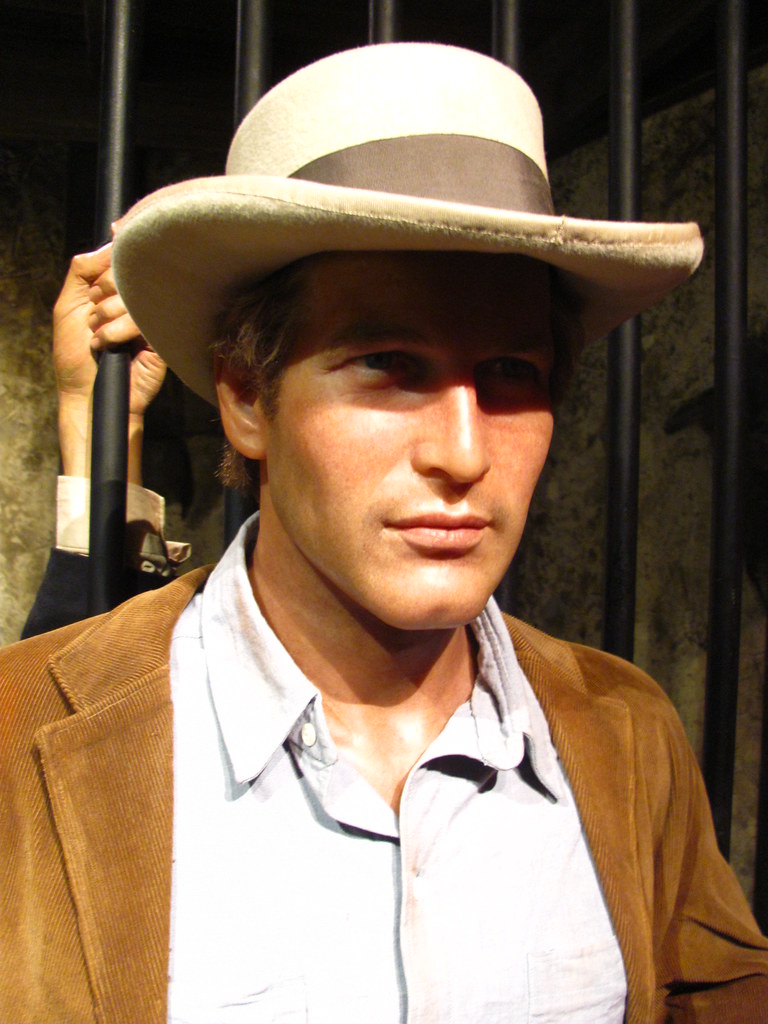
5. **The Professional Leap: Debut at Thompson International Speedway**By 1972, having meticulously honed his skills and proven his dedication in amateur ranks, Paul Newman was ready to fully commit to professional racing. This significant transition was marked by his debut at Thompson International Speedway in Connecticut, an important milestone in his burgeoning career. It was here that he officially made the jump into the professional circuit, signaling his serious intent to compete at a higher level.
For this pivotal race, Newman teamed up with Bob Sharp Racing, a reputable name in sports car motorsports, and got behind the wheel of a Lotus Elan. This collaboration immediately placed him within a professional structure, providing the necessary support and expertise to navigate the demands of competitive racing. The event, sanctioned by the Sports Car Club of America (SCCA), was just the first of many professional races Newman would participate in throughout the 1970s, steadily building his experience and reputation.
This professional debut was more than just a single race; it represented the culmination of years of preparation and a definitive statement of his ambitions. It solidified his standing as a legitimate competitor, proving to any skeptics that his passion extended far beyond a celebrity dalliance. From this point forward, Paul Newman was not just an actor who raced; he was a serious professional driver, ready to challenge himself against the best.

6. **Conquering Le Mans: A Near-Victory and Class Triumph in 1979**In 1979, Paul Newman tackled one of the most demanding and prestigious races in the world: the 24 Hours of Le Mans. This grueling endurance event, held on a circuit spanning over eight miles and famously combining purpose-built track sections with closed public roads, is a true test of man and machine. Newman’s decision to enter underscored his ambition to compete on the global stage against motorsports’ elite, far beyond the confines of American domestic series.
Newman, alongside his teammates Dick Barbour, who also owned the car, and Rolf Stommelen, faced terrible conditions, with rain and fog persisting throughout the event. Despite these formidable challenges, their combined skill and endurance shone through. In an extraordinary display of driving prowess and teamwork, their entry completed an impressive 300 laps in 24 hours, securing a remarkable second place overall finish. Even more significantly, they clinched first place in the highly competitive IMSA GTX class.
This performance was not only a personal triumph for Newman but also a significant achievement in American motorsports. It marked the best finish by a New Englander in the world’s most prestigious road race, a detail that resonated deeply within the regional racing community. The near-overall victory and definitive class win at Le Mans firmly established Newman as a driver of international caliber, proving his ability to perform under extreme pressure and against formidable opposition on one of racing’s grandest stages.
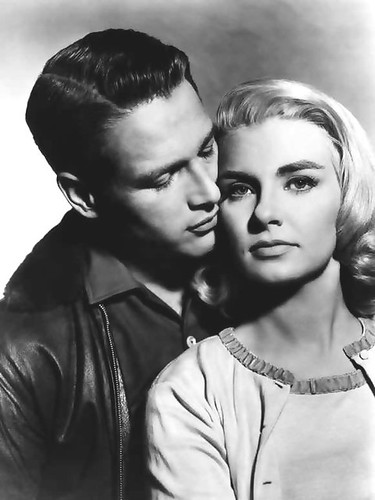
7. **Trans-Am Glory: First Victory at 57, Defying Expectations**The 1980s saw Paul Newman continue to make significant waves in motorsports, particularly in the Trans-Am series, where he raced for Bob Sharp Racing. This period further cemented his status as a formidable professional driver, consistently challenging younger, full-time competitors. His dedication and evolving skill set were undeniable, and it wasn’t long before he tasted victory at the highest level of this competitive series.
His inaugural win in the Trans-Am series came at Minnesota’s Brainerd International Raceway. Behind the wheel of a powerful Datsun 280ZX Turbo, Newman demonstrated his mastery of the circuit and his formidable racecraft, crossing the finish line ahead of a strong field. This victory was a clear message to the rest of the racing world that he was truly “the real deal,” a competitor who was there to win, not just participate.
What makes this triumph even more extraordinary is Newman’s age at the time: he was 57 years old. In a sport typically dominated by younger athletes, securing a major professional victory at this stage of his life was a testament to his enduring talent, physical stamina, and unwavering commitment. This win not only added a significant achievement to his racing resume but also highlighted the remarkable longevity and late-career excellence that would come to define much of his time behind the wheel.
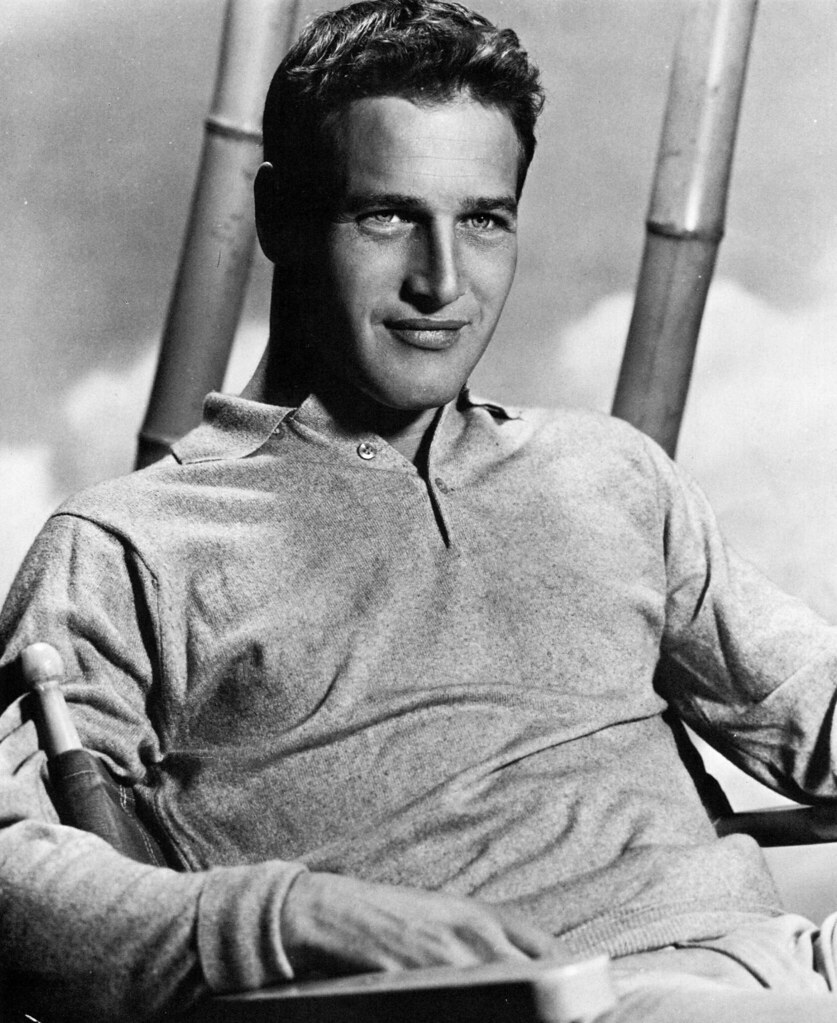
8. **Team Ownership: Forging a Dynasty in Open-Wheel Racing**Beyond his formidable presence behind the wheel, Paul Newman’s profound impact on motorsports extended into the realm of team ownership, where his strategic vision and unwavering commitment fostered enduring success. His initial venture, Newman-Freeman Racing, co-founded with Bill Freeman, quickly demonstrated a knack for victory, securing several wins and even a Can-Am series title. This early success laid the groundwork for even greater ambitions, hinting at the depths of his passion for the sport’s infrastructure.
However, it was his partnership with Carl Haas that truly revolutionized Newman’s foray into team ownership, creating the legendary Newman-Haas Racing. This formidable outfit, established in 1983, became a powerhouse in open-wheeled single-seater racing, competing with distinction in both the CART and IndyCar Series until 2011. Newman-Haas Racing wasn’t just another team on the grid; it was a beacon of excellence, attracting some of the most talented drivers in the world.
Their dominance was particularly evident in the CART series, where the team notched over 100 wins and an astonishing 246 podium finishes. This incredible record was punctuated by multiple drivers’ championships, with luminaries like Mario Andretti, Michael Andretti, and Formula 1 champion Nigel Mansell achieving glory under the Newman-Haas banner. The team’s sustained success, including four consecutive championships from 2004-2007 with Sebastien Bourdais, cemented Newman’s legacy not just as a driver, but as a shrewd and successful racing entrepreneur, leaving an indelible mark on American open-wheel racing.
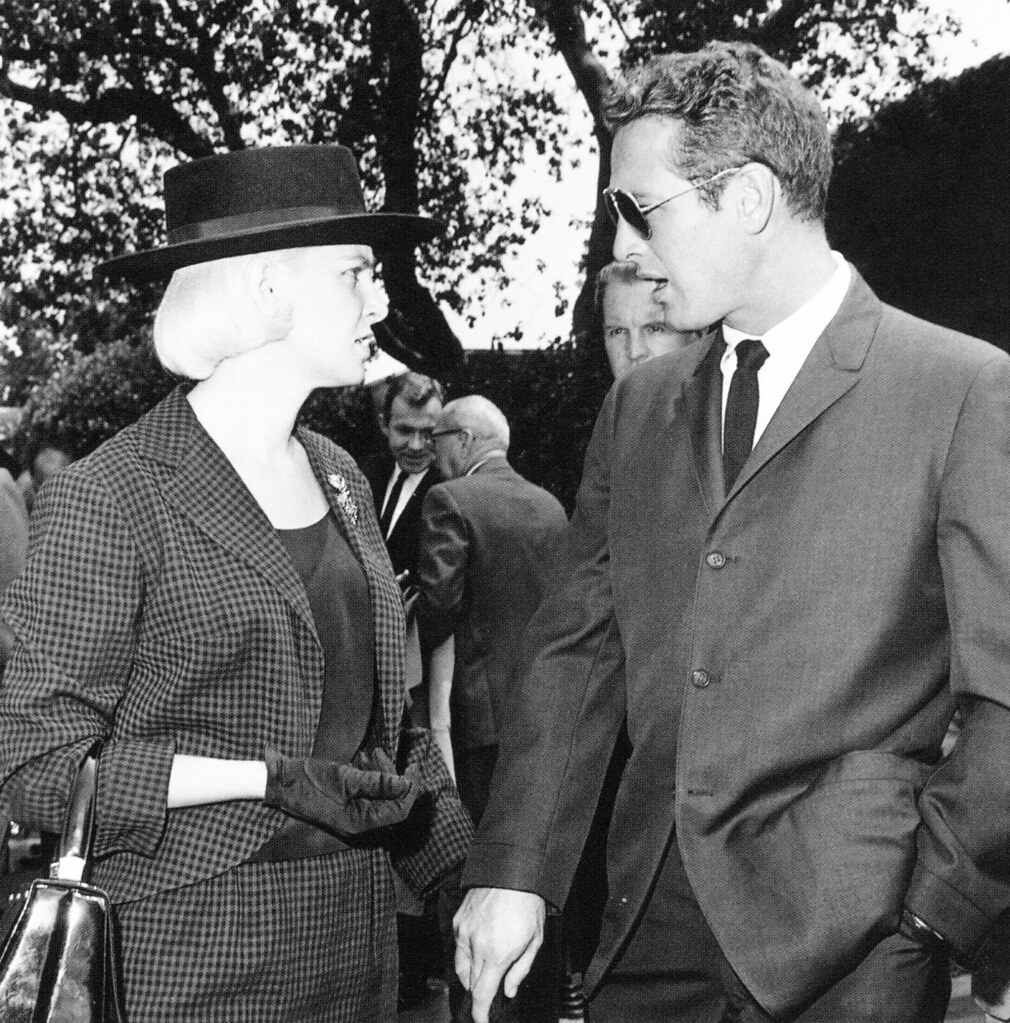
9. **The Daytona Triumph at 70: A Record-Breaking Display of Longevity**One of the most awe-inspiring aspects of Paul Newman’s racing career was not merely his success, but his extraordinary longevity and the fact that some of his greatest accomplishments came well into his later years. A testament to his enduring skill and competitive spirit arrived in 1995, when, at the remarkable age of 70, Newman conquered one of America’s most prestigious endurance events: the 24 Hours of Daytona.
This grueling race, held on Daytona International Speedway’s challenging road course, draws a formidable field of top talents from various racing disciplines. Newman entered the fray behind the wheel of a Ford Mustang in the GTS-1 class for Roush Racing. The car itself was a nod to his age and cinematic career, sponsored by Paramount Pictures and proudly displaying the No. 70, mirroring his septuagenarian status.
Alongside co-drivers Tom Kendall, Mike Brockman, and NASCAR legend Mark Martin, Newman delivered a masterful performance. Their collective effort saw them finish an impressive first in the GTS-1 class and an outstanding third overall. This monumental victory made Newman the oldest driver ever to be part of a winning team at a major professional race, solidifying his status as a true racing phenom whose talent defied the conventional boundaries of age.
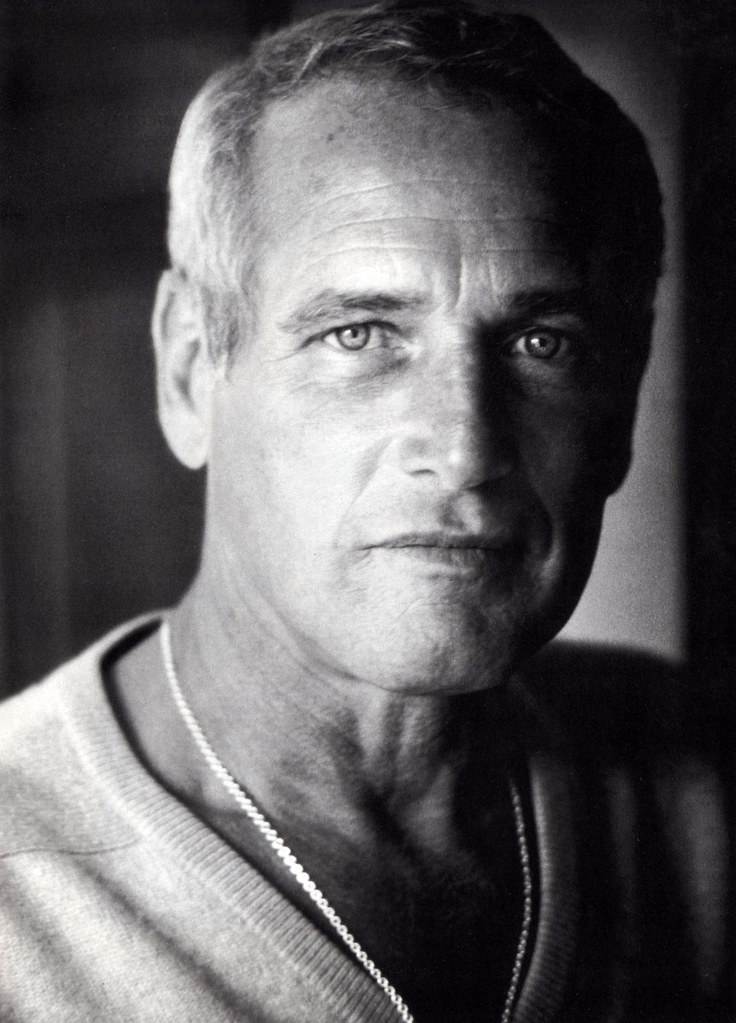
10. **Sustained Excellence: Four SCCA Runoffs and National Championships**While his more high-profile ventures like Le Mans and Daytona captured international attention, Paul Newman’s heart remained deeply rooted in the grassroots of American motorsports, particularly with the Sports Car Club of America (SCCA). His dedication to this foundational racing body was not merely symbolic; it was underlined by a remarkable series of victories and championship titles that proved his consistent prowess and mastery of the craft over decades.
Newman’s commitment to the SCCA was demonstrated through his repeated success at the fiercely competitive SCCA Runoffs, the culmination of the amateur racing season. He triumphed in these prestigious events four times, securing victories in 1976, 1979, 1985, and 1986. Each win was a testament to his evolving skill set and unwavering competitive fire, proving that his celebrity never overshadowed his genuine talent and hard work.
These individual victories at the Runoffs contributed to an even grander achievement: Paul Newman was crowned a three-time SCCA National Champion. Such an accolade speaks volumes about his consistent performance across multiple seasons and classes. It highlights his profound understanding of racecraft and his ability to maintain a winning edge against a constant influx of younger, hungry competitors, firmly establishing him as one of the most respected figures in SCCA history.
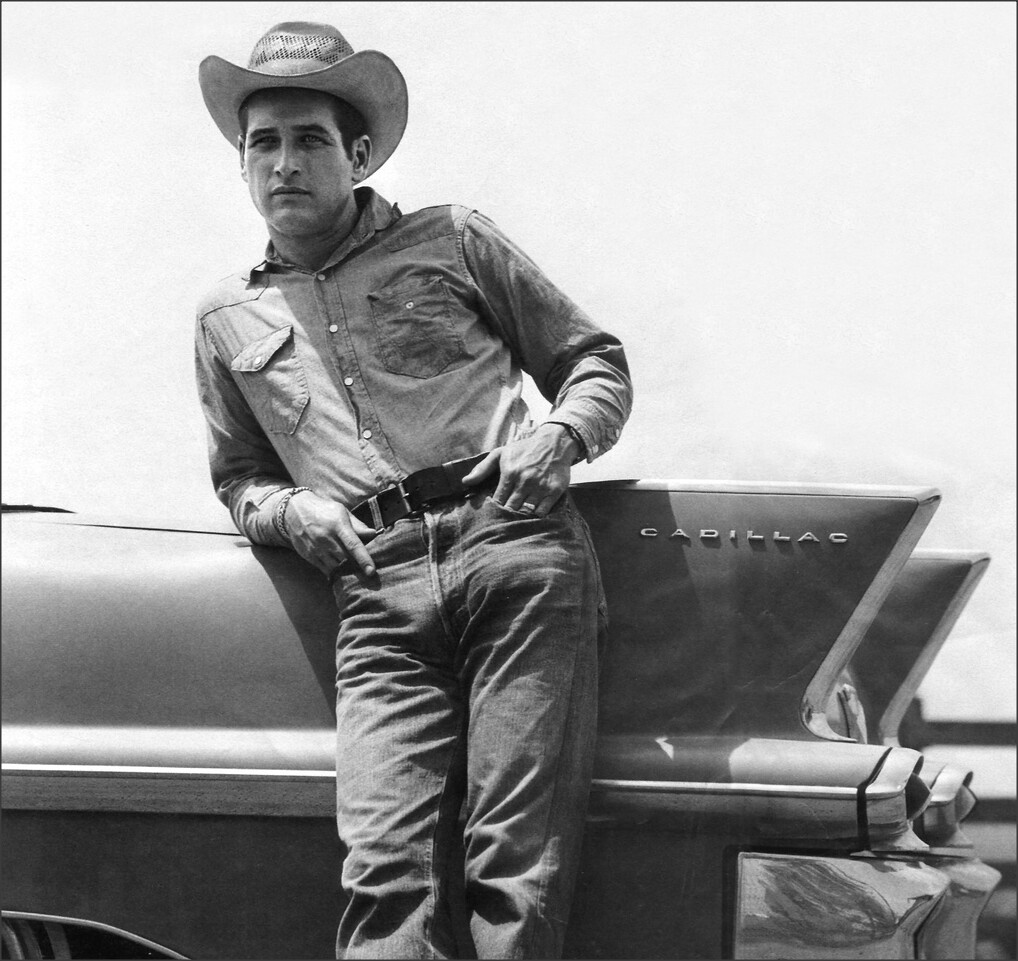
11. **Still Racing at 80: The “Cars” Livery and Enduring Passion**Paul Newman’s insatiable appetite for racing truly knew no bounds, extending his illustrious career well into the 21st century. Even as he approached his 80th birthday, the allure of the track remained as potent as ever, drawing him back to the hallowed grounds of Daytona International Speedway in 2004 for another shot at endurance glory. This entry was particularly notable, serving as a vibrant symbol of his lifelong dedication.
For this outing, Newman joined forces with Gunnar Jeanette, Mike Brockman, and Kyle Petty, a formidable lineup ready to tackle the demands of the 24-hour classic. Their car, a captivating sight on the track, featured a special livery designed to promote Newman’s then-upcoming animated movie, Pixar’s “Cars.” It was a delightful convergence of his two iconic careers, a playful yet poignant reminder of his dual legacy on screen and on the asphalt.
While an engine failure ultimately forced an early retirement for the team, Newman’s mere presence at nearly 80 years old, competing at such a high level, underscored his unparalleled passion. It wasn’t about the finish, but the thrill of the chase, the joy of competition, and the unwavering commitment to a sport that had captured his heart decades earlier. This remarkable appearance served as an inspiration, showcasing that true passion defies age.
Read more about: The Enduring Mystery Solved: What ‘442’ Truly Means on Oldsmobile’s Legendary Muscle Car
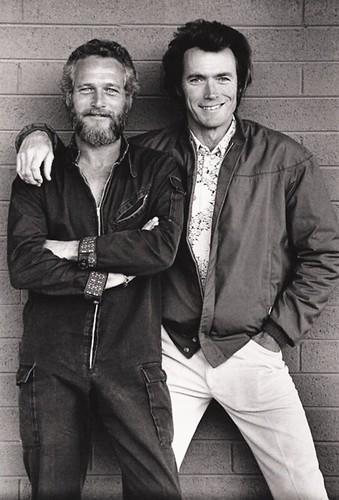
12. **A Final Victory: Conquering Lime Rock at 81**Even in his ninth decade, Paul Newman continued to defy expectations, proving that age was merely a number when it came to his prowess behind the steering wheel. His deep affection for Connecticut’s Lime Rock Park, a track he considered a home away from home, became the stage for yet another astonishing late-career triumph, solidifying his legend as an evergreen competitor.
At the remarkable age of 81, Newman once again demonstrated his exceptional racecraft by securing a victory at Lime Rock. This win was not just another notch on his belt; it was a powerful statement about his enduring skill, precision, and unwavering competitive spirit. To claim a win at such an advanced age, against a field often populated by drivers decades younger, was a testament to his unique blend of experience and raw talent.
Lime Rock Park held a special significance for Newman, serving as a frequent testing ground and a venue where he consistently showcased his capabilities. His repeated successes there, including this memorable win at 81, underscored his profound connection to the track and his ability to extract every ounce of performance from himself and his machines, right up until the very twilight of his racing career.
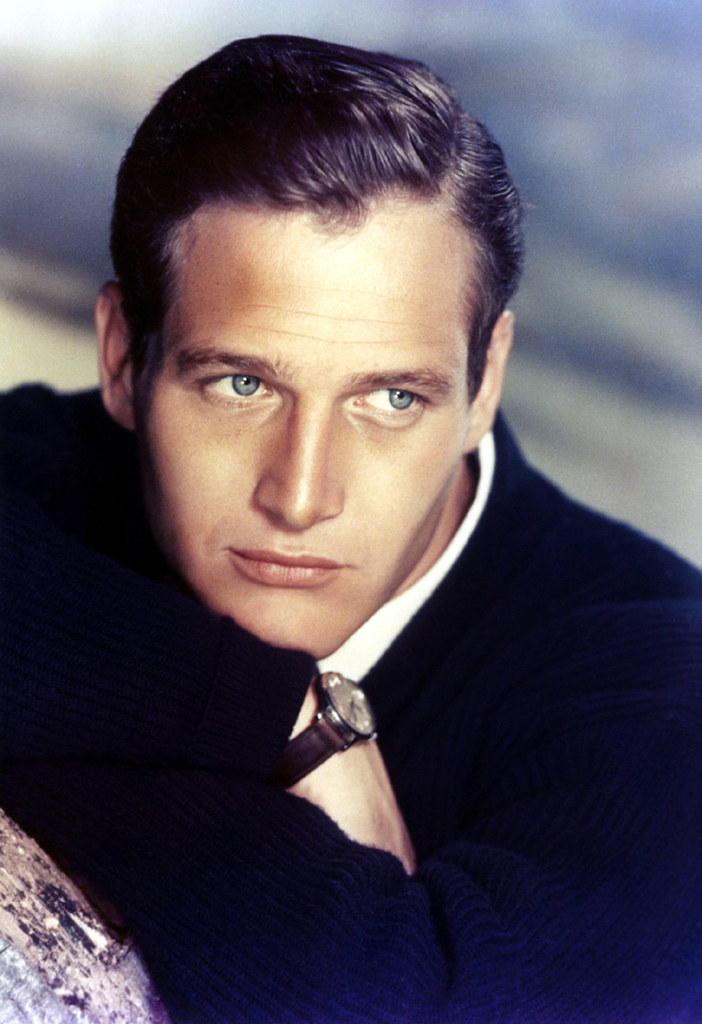
13. **Pole Position at 82: Watkins Glen and a Legacy of Speed**As his racing journey neared its conclusion, Paul Newman continued to astound the motorsports world with his undiminished speed and competitive fire. In 2007, at the venerable age of 82 (or nearly 83, given his birth year and passing in 2008), he participated in what would be his final professional race, leaving an indelible mark at the iconic Watkins Glen International, a track pivotal to his early racing inspiration.
In a breathtaking display of sustained talent, Newman clinched the pole position for his class at this momentous event. To achieve pole at any age is a significant accomplishment, but to do so in one’s early eighties, against a field of often much younger, seasoned professionals, is nothing short of extraordinary. It demonstrated that his innate speed and strategic mind remained sharp, allowing him to outperform his rivals even at the very end of his career.
This final, triumphant pole position at Watkins Glen underscored the depth of his commitment and the sheer joy he derived from pure competition. It was a fitting capstone to a career marked by legitimate achievement, not just celebrity. It showcased that even as a seasoned veteran, Newman never lost his edge, his passion for speed burning brightly until his very last competitive lap, leaving a lasting image of a true racer.
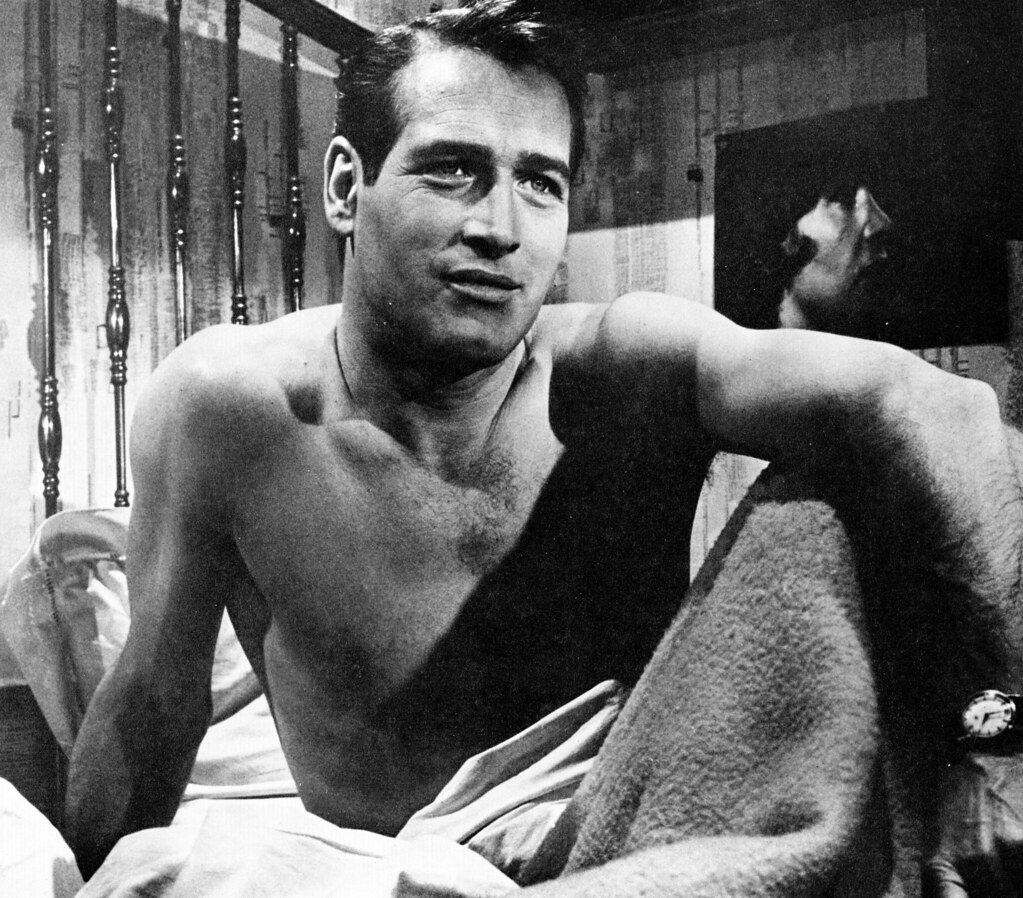
14. **Beyond Road Courses: Exploring Diverse Racing Disciplines**While Paul Newman became synonymous with sports car racing and endurance classics, his insatiable curiosity and competitive drive led him to dabble in various other forms of motorsports, showcasing a surprising versatility that belied his image as a road course specialist. His willingness to explore different machines and racing environments further illustrated his genuine love for the sport in all its forms, far beyond just celebrity endorsement.
Newman’s adventurous spirit took him into the high-octane world of super modifieds, where he sought the assistance of experienced drivers like Bentley Warren to navigate these unique, powerful machines. This excursion into a different type of racing demonstrated his eagerness to learn and adapt, pushing his boundaries beyond the confines of sports car chassis and road racing circuits. It was a clear indication of a man who simply loved to drive, no matter the vehicle.
His diverse interests also extended to dirt track racing, where he tackled center-steer dirt modifieds with the guidance of Will Cagle, and competed in modifieds at Stafford Speedway. These ventures into less glamorous, yet incredibly challenging, forms of racing solidified his reputation as a true enthusiast. It revealed a deeper, more rugged side to his racing persona, proving that his passion for competition transcended specific categories and embraced the raw essence of speed and control on any surface.
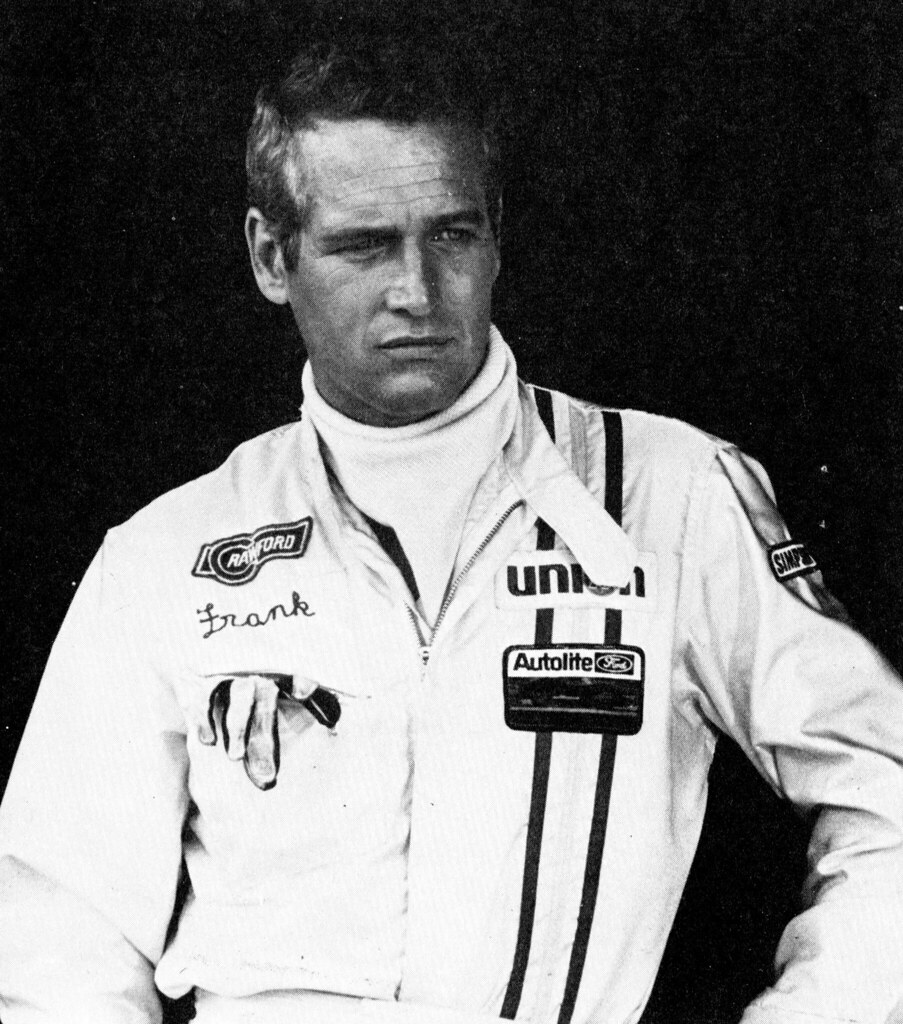
15. **An Indelible Legacy: Hall of Fame and Lasting Tributes**Paul Newman’s unparalleled contributions and achievements in motorsports did not go unrecognized, ensuring that his legacy extends far beyond the checkered flag and the record books. His genuine passion, professional demeanor, and remarkable success earned him the profound respect of the entire racing community, cementing his place in history with lasting tributes.
In 2009, a year after his passing, Newman was posthumously inducted into the Sports Car Club of America (SCCA) Hall of Fame. This prestigious honor, a testament to his significant impact on American amateur and professional sports car racing, acknowledged his tireless dedication and his inspirational journey from Hollywood star to legitimate racing champion. It was a fitting recognition from the very organization he supported and through which he achieved so much.
Further solidifying his place in motorsports lore, Lime Rock Park, a track he cherished, officially renamed its “No Name Straight” to the “Paul Newman Straight” in 2022. This physical tribute ensures that future generations of racers and fans will always be reminded of his enduring connection to the circuit. Moreover, his extraordinary racing career became the subject of the critically acclaimed 2015 documentary, “Winning: The Racing Life of Paul Newman,” which beautifully encapsulates his remarkable journey and impact.
Read more about: Claudia Cardinale, Italian Cinema’s Enduring Star and ‘Dream Girl,’ Dies at 87
Paul Newman’s secret life as a race car driver was, in essence, an open declaration of his true character: a man of intense passion, unwavering commitment, and profound talent. From his humble beginnings in a Datsun to conquering Le Mans, winning at Daytona at 70, and continuing to race and win into his eighties, he proved that his celebrity was merely a stage, while the race track was where his spirit truly soared. He wasn’t just an actor who raced; he was a racer, period, and his indelible mark on motorsports, both behind the wheel and as a team owner, stands as a testament to a life lived fully, authentically, and at blistering speed.



